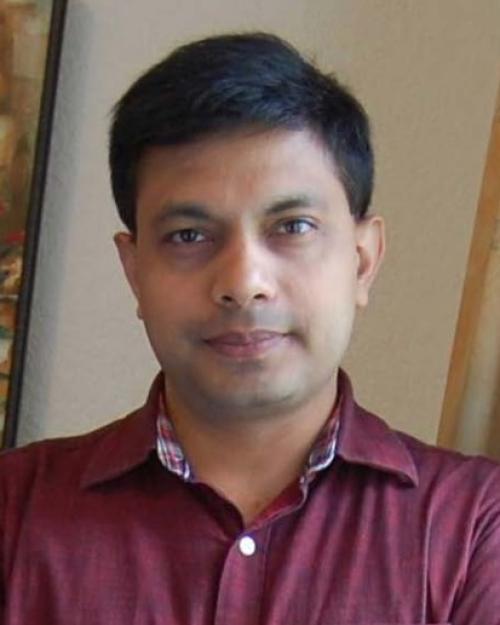
Co-Pulsing FDA Radar
Presentation Menu
In this lecture, we focus on the recent developments toward distributed integrated sensing and communications (ISAC). We consider a broad definition of coexistence, which covers ISAC, collaborative communications, and sensing with interference. Toward fully realizing the coexistence of the two systems, optimization of resources for both new/futuristic sensing and wireless communications modalities is crucial. These synergistic approaches that exploit the interplay between state sensing and communications are both driving factors and opportunities for many current signal processing and information-theoretic techniques. A large body of prior works consider colocated ISAC systems and distributed systems remain relatively unexamined. Building on the existing approaches, the lecture focuses on highlighting emerging scenarios in collaborative and distributed ISAC, particularly at mm-Wave and THz frequencies, highly dynamic vehicular/automotive environments that would benefit from information exchange between the two systems. It presents the architectures and possible methodologies for mutually beneficial distributed co- existence and co-design, including sensor fusion and heterogeneously distributed radar and communications. We also consider recent developments such as deployment of intelligent reflecting surfaces (IRS) in ISAC, 5G systems, passive internet-of-things, and ISAC secrecy rate optimization. The lecture aims to draw the attention of the radar, communications, and signal processing communities toward an emerging area, which can benefit from the cross-fertilization of ideas in distributed systems.
